FURTHER DEVELOPMENT & PLAY TEST
A group project by Jessie and I
During the body storming session, we managed to get quite a bit of feedback that were relatively helpful. In summary, we gathered that we lacked relatability in our object for it to be impactful to users. In addition to that, we had several technical difficulties. With that, we made improvements in our play test.
Here’s what went on!
Our set-up:
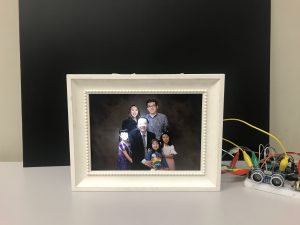
What we were trying to do:
- Having the tester approach the object and have the ultrasonic sensor to trigger the white lights to be switched on and ambience sound to be played.
- The range of the of proximity of the tester will trigger next sound
- The servo motor was to topple the frame down
- Each time the frame topples down, the tester is expected to pick it up and see that the white light of each member will be turned off one by one as the steps go on.
- Repeat 2, 3 and 4 until the red LED is turned on at the same time, glowing against all the faces of the family members who died in the accident, leaving grandpa’s LED to remain white.
However, as expected, during our playtest, we ran into a couple of problems in terms of technicality and relatability.
PROBLEMS:
Technical :
— RGB Light not being able to turn a true white
— Processing coding
— Servo coding
— Soldering
Comments:
— The narrative was relatively clear in which the depiction of the story interpreted by the testers were accurate
— The testers were unsure of what they were supposed to do.
— The mechanism of interaction isn’t clear in that it needs something to draw the testers to interact with the object
We tried to ask questions to the class to understand what type of commands and associations are needed to allow for a more seamless interaction.
Suggestions:
— Need something to ask the user to come closer & interact with the frame
- have audio calling out to user
- start with the frame down first and the audio calls out to user to help to push user to pick up the frame
- as this happens, users will see the lights go out
— Establish context
- have a journal together with the interaction
- death of date circled
- have physical ambience (belongings associated to that of an old person such as walking stick and metal tin) ‘
- have ambience sound play first
- establish sound of grandpa so users can understand that they are the grandpa then followed by the “Happy Birthday” audio
— Immersive Experience
- have headphones
- establish ambient sound, as the user puts headphones on, the interaction starts
- have a deeper narrative
- make the experience longer as it seemed rushed
Videos to check out!
https://drive.google.com/open?id=1Hn3kYPXcbG0nlgf7zvKZ66lRV-HtnE4N
https://drive.google.com/open?id=1ZLxrvNiQUHb1vnh1ZAlbg2gEfDsymcw3
https://drive.google.com/open?id=1wZiYl5-59Pk-DnoP8B45d_EKTh0ctfMF
https://drive.google.com/open?id=1U4mIyoTNsV25uh4WCyIKAAimwzSVf2c0
Therefore, with the considerations of the comments made and the help our lecturer provided us during consultation, we attempted to move on to our final project.
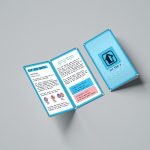
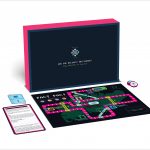
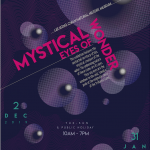
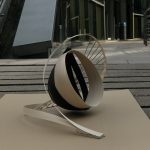
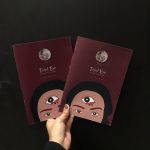
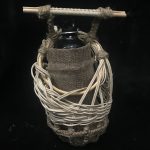



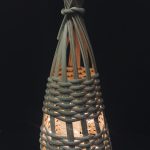


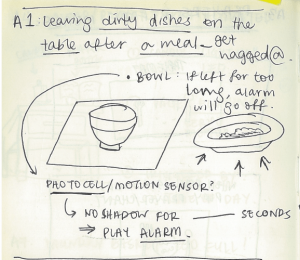
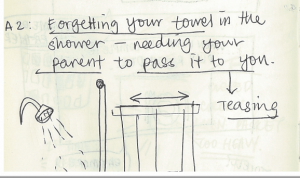
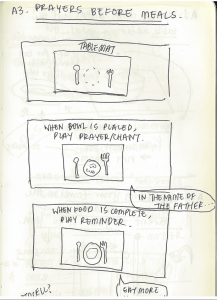
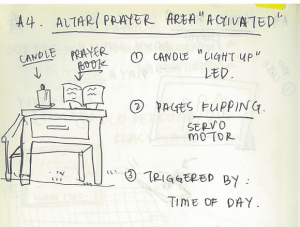
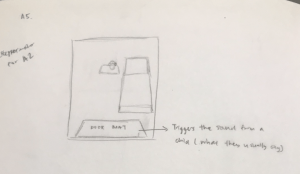
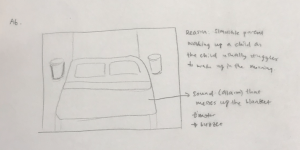
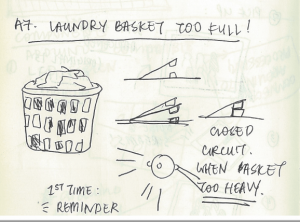
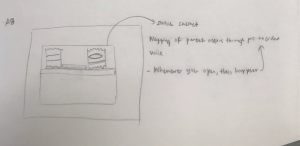
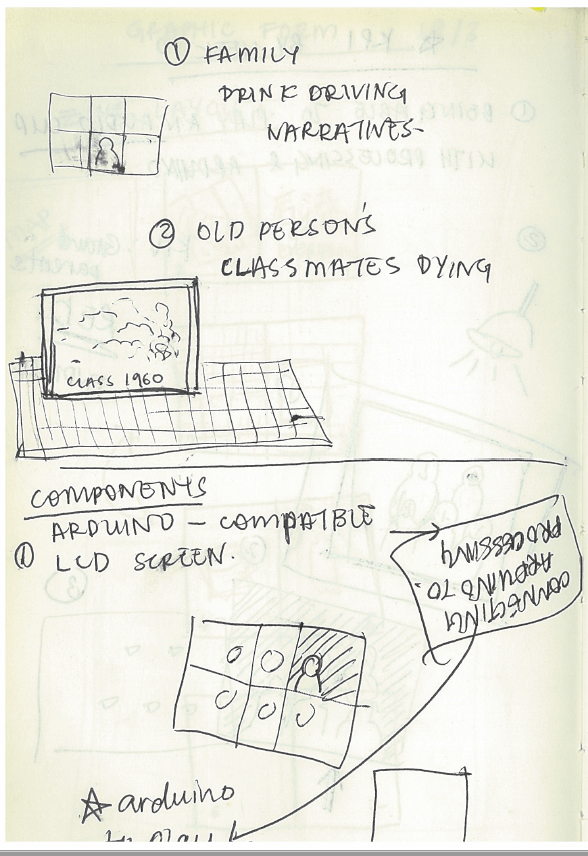
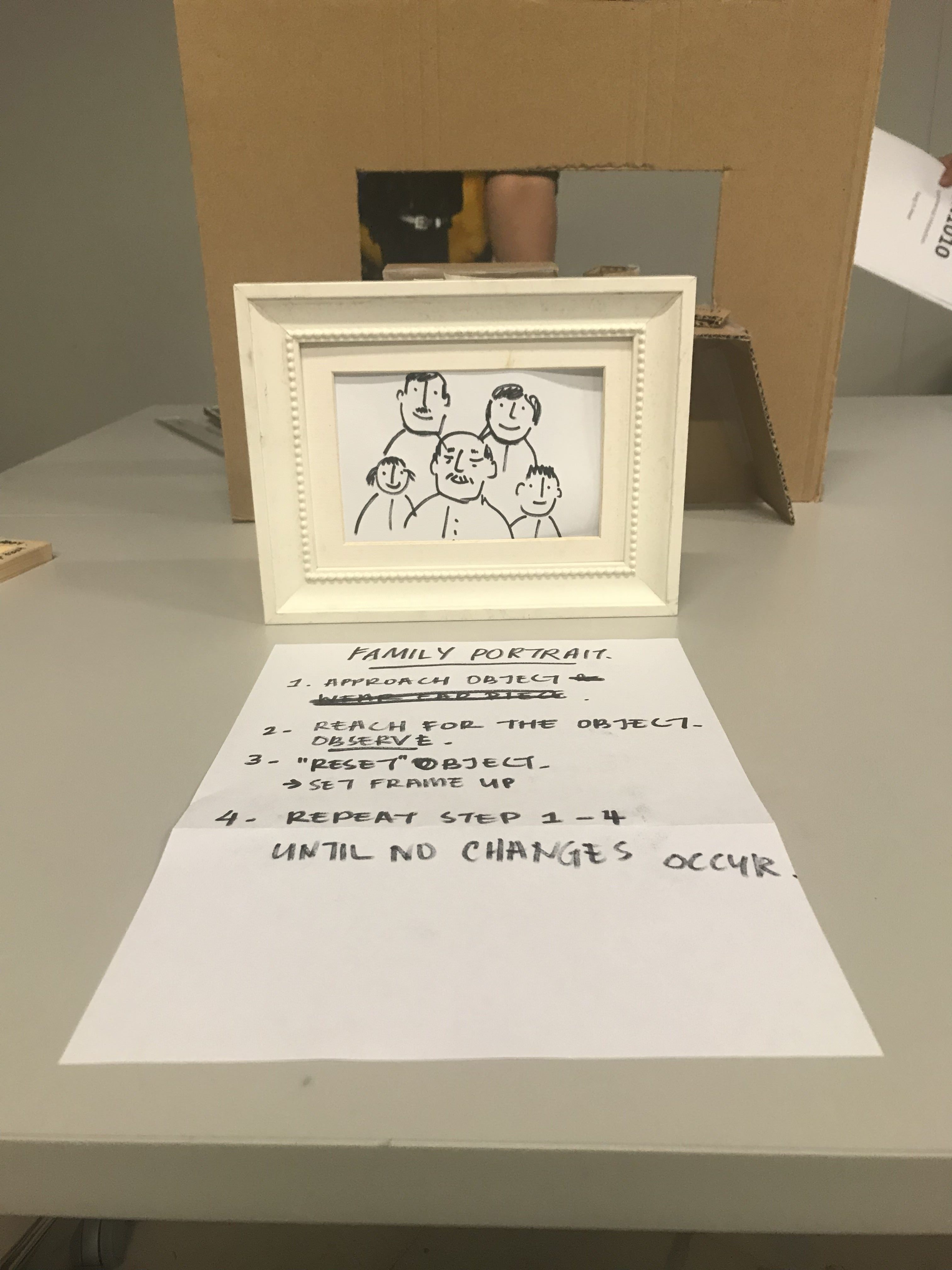
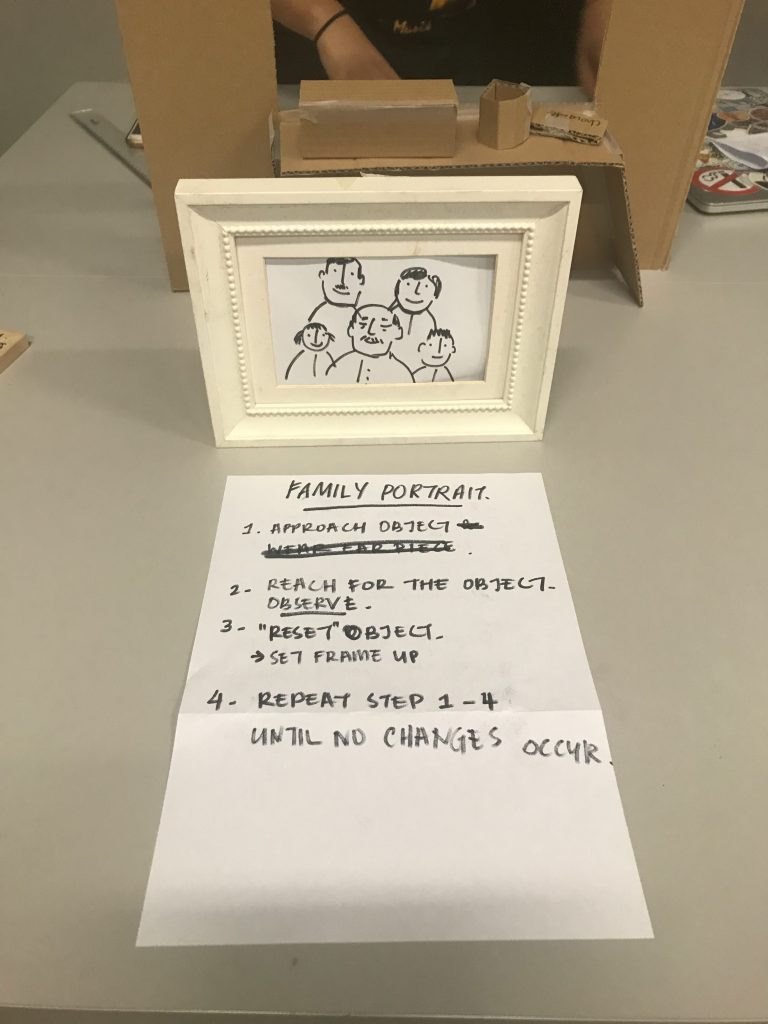
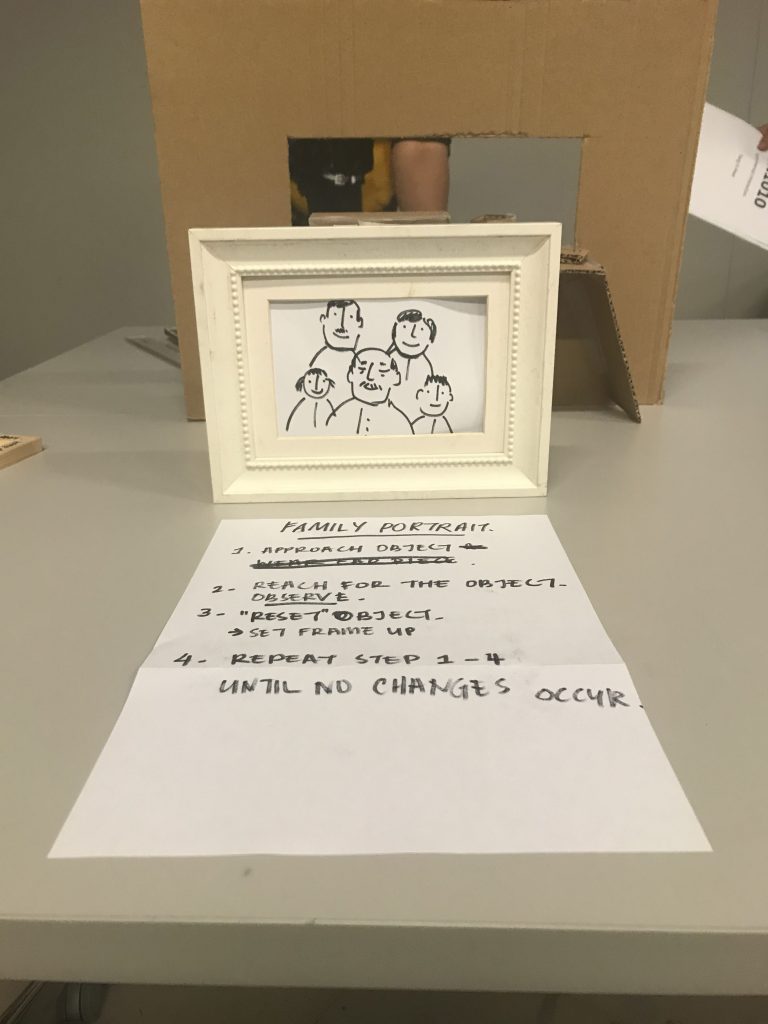
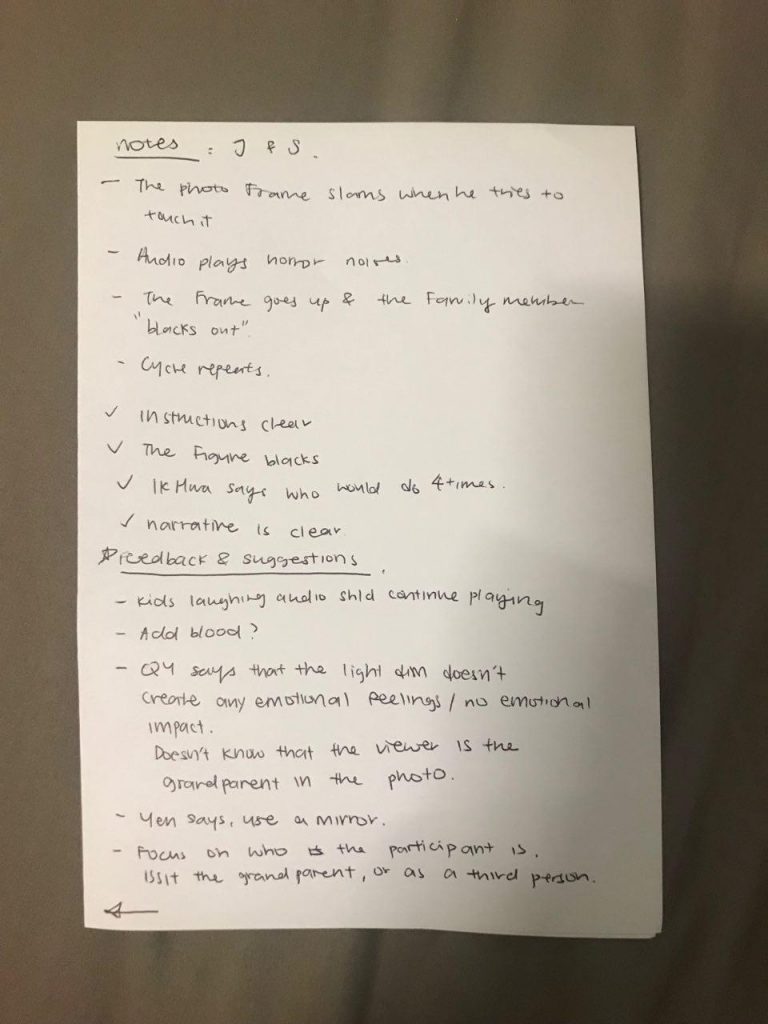
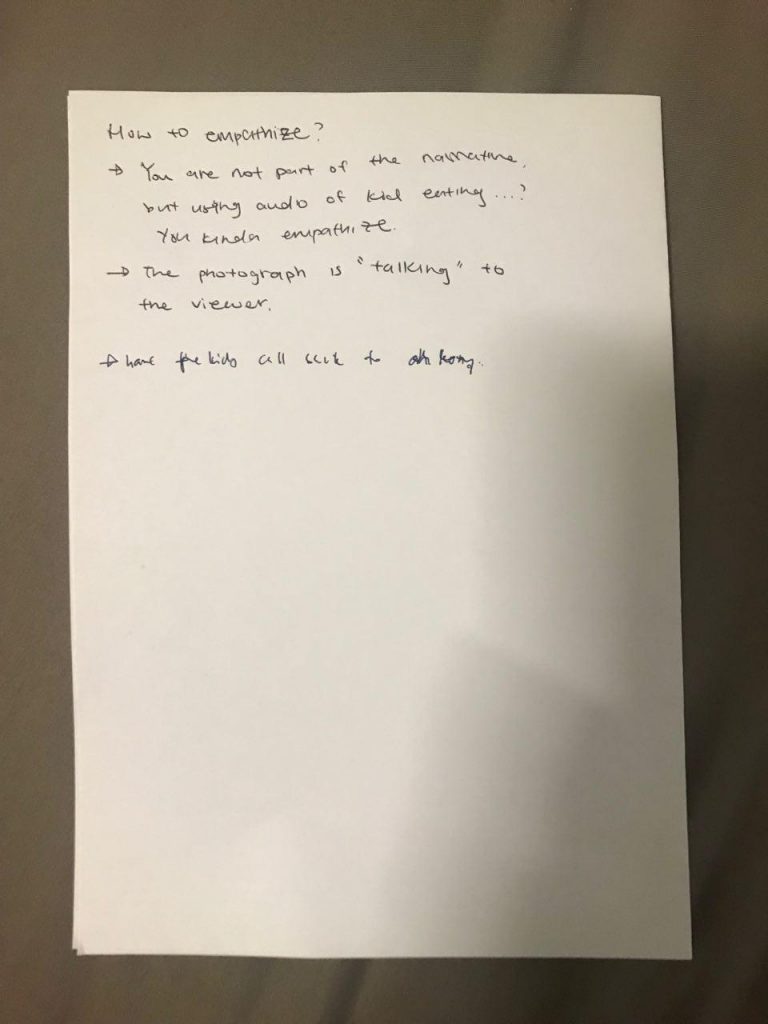
Recent Comments